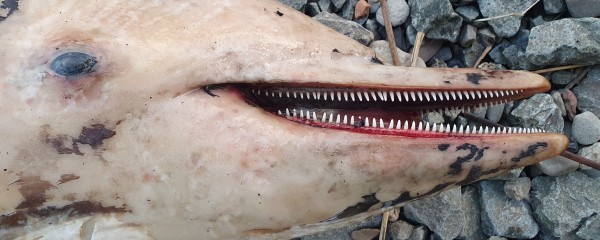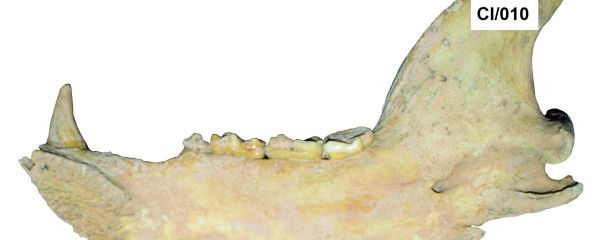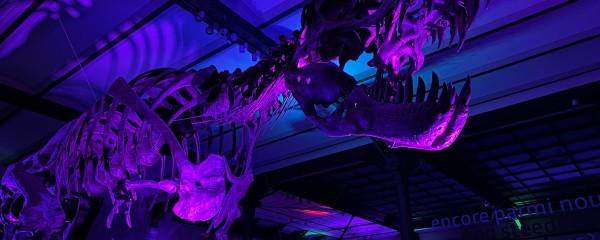Introducing Sphaeroptica: a new tool for visualizing insects in 3D
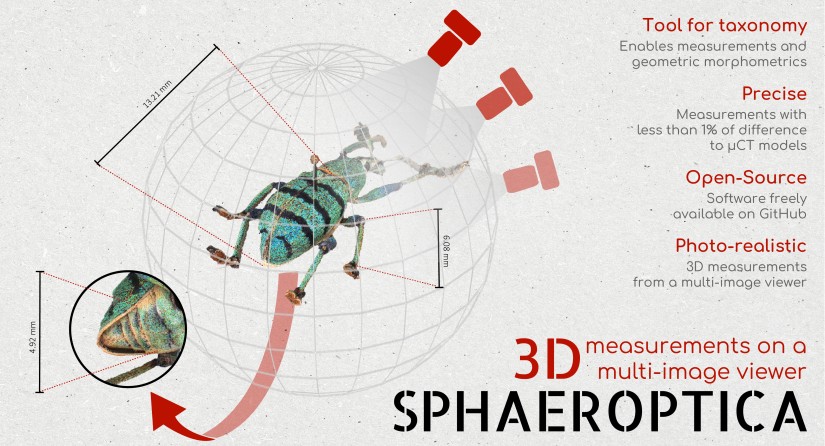
A new software tool called Sphaeroptica is offering scientists a better way to visualize and analyse 3D images of insects and other arthropods in natural history collections. It allows precise measurements and landmarking, making it easier and more cost-effective to study their tiny details. “We can now measure body parts that cannot be rendered properly in 3D, such as transparent wings and hair-like structures," explains Yann Pollet, who developed the software.
Insects and other arthropods, which make up a large portion of zoological collections, are challenging to capture in 3D due to their small size and intricate details, like antennae, scales, and wings. Traditional 3D imaging tools, such as micro-CT scanning, are often too expensive or don’t show enough detail. Sphaeroptica, a new software tool developed by a team from the Institute of Natural Sciences, the Royal Museum for Central Africa, the UCLouvain, and the School of Engineering and Management of Vaud, wants to upgrade the visualization and analysis of arthropods in natural history collections. Sphaeroptica uses photos taken from multiple angles to create a detailed, pseudo-3D view of each specimen. Comparative tests show that measurements from Sphaeroptica models deviate by less than 1% from those taken with high-tech micro-CT, which is often used as a gold standard.
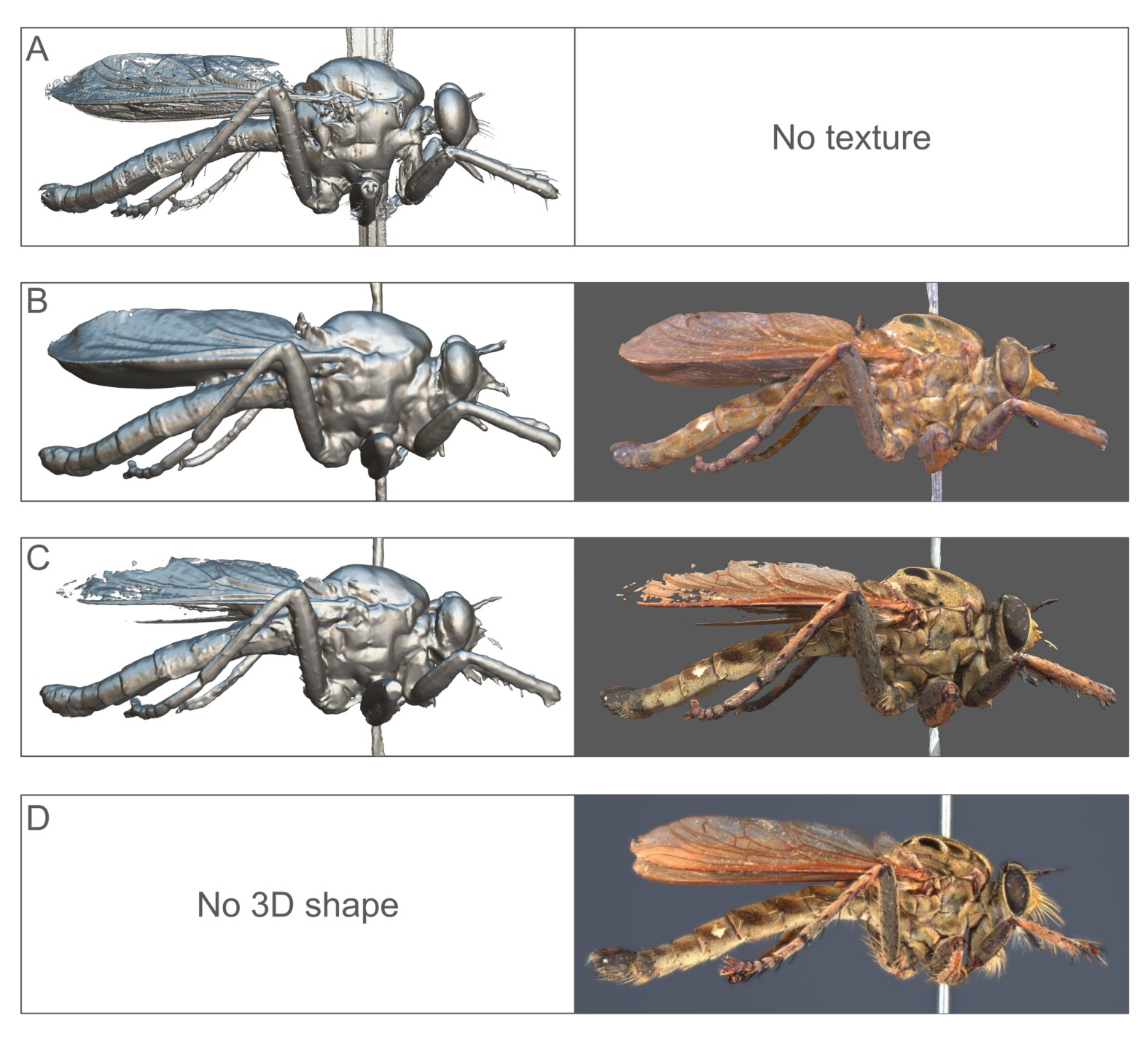
Innovative 3D measuring
A major innovation in Sphaeroptica is its unique way of marking and measuring in 3D space, without having to calculate a true 3D model that would lose the details of fine structures. By choosing a point on two different images of the same arthropod specimen, users create a “landmark” that the software triangulates to determine the exact 3D position of that point. "With this setup, we can measure distances precisely by marking the same spot from different views," Pollet explains. "It’s like selecting a point on two photos from different angles to find its exact place in space, and from there, we can measure distances to any other point." This process allows scientists to obtain reliable measurements of delicate features, like wings and legs—without damaging the specimen.
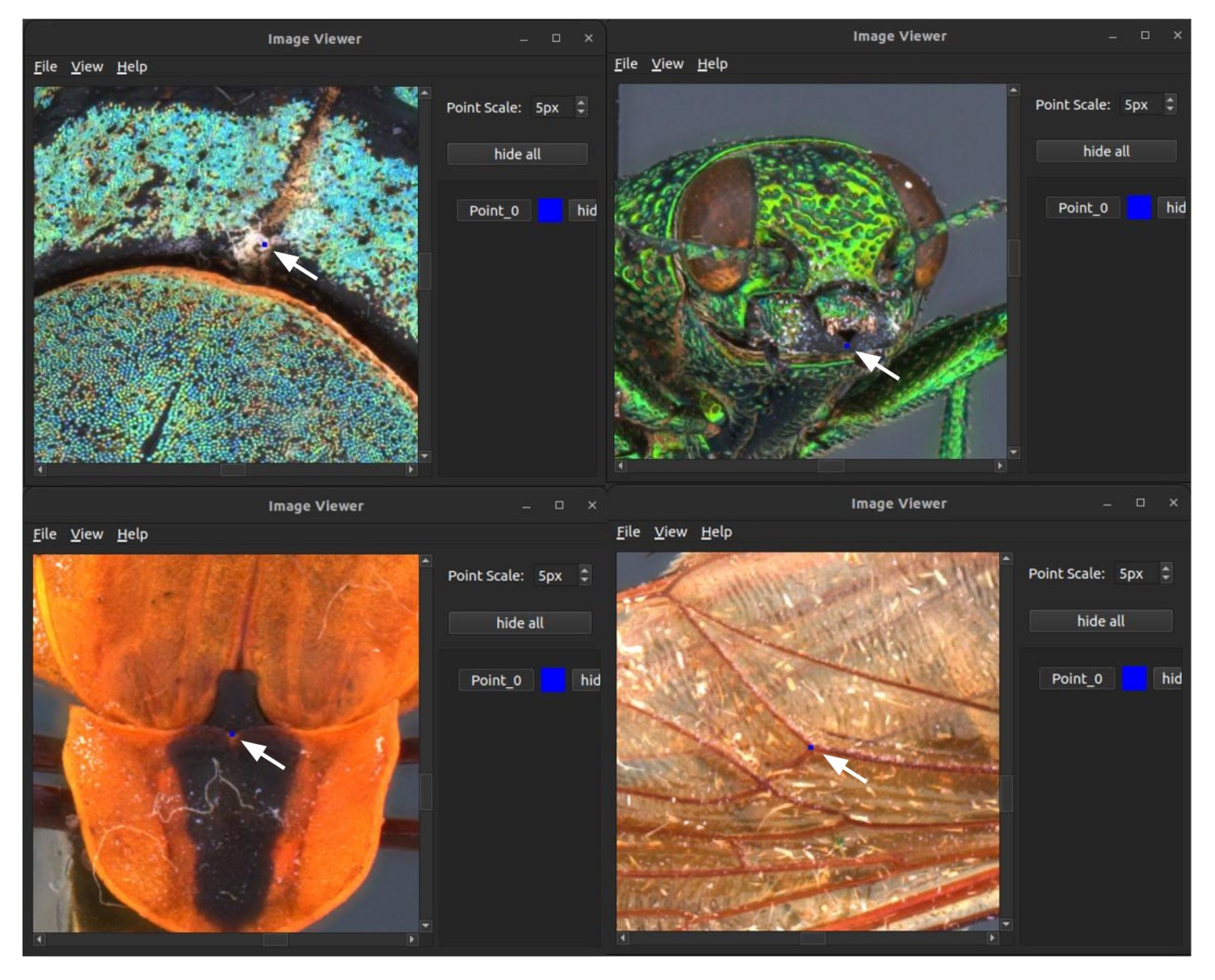
It’s in the details
Unlike traditional 3D scanning, which relies on complex digital meshes, Sphaeroptica maintains the arthropod’s natural texture, keeping all the fine details. "The photos are so detailed that we can see tiny features, like fine hairs, which are important for identifying species," says Pollet. This feature is particularly valuable for entomologists, who rely on these details for species classification.
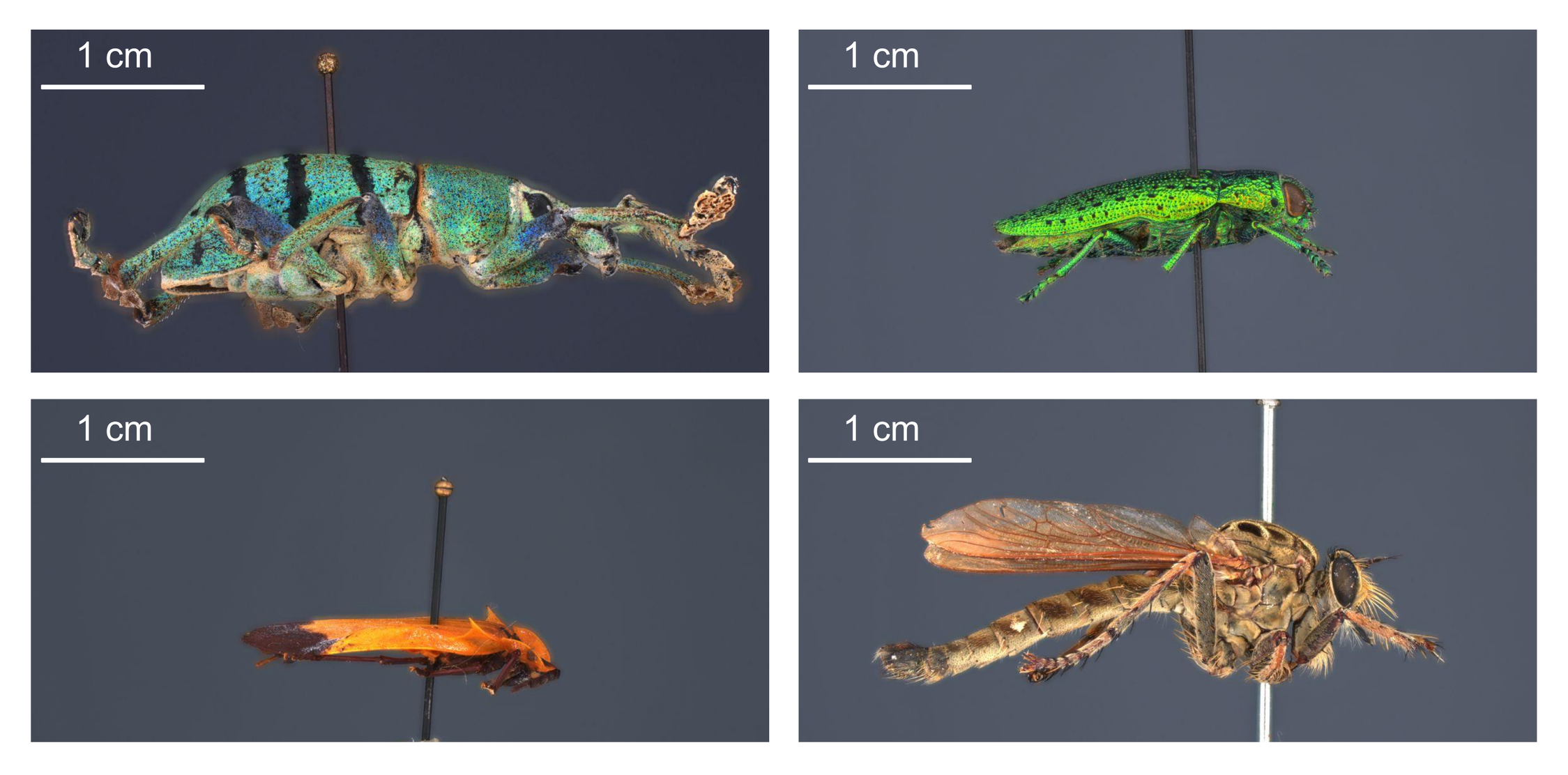
An accessible tool
Sphaeroptica can be used with various imaging setups, such as Scant and Disc3D, making it accessible to a wide range of institutions. With global interest in biodiversity conservation, tools like Sphaeroptica help researchers document and share high-quality images of rare species from around the world. Sphaeroptica 1.0 is an open-source software, making it readily available for use by researchers and institutions looking to digitize their collections for preservation, analysis, or educational purposes. As Pollet explains, "Sphaeroptica is a safe way to visualize and measure specimens without risking damage, helping preserve these delicate examples of biodiversity.”
The study was published in PLOS ONE.
This research was achieved in the framework of Yann Pollet’s master thesis at the University of Louvain-la-Neuve, under the supervision of Sébastien Jodogne. A new version of Sphaeroptica (2.0) is under developement as a web application and will be available in Q1 2025.

